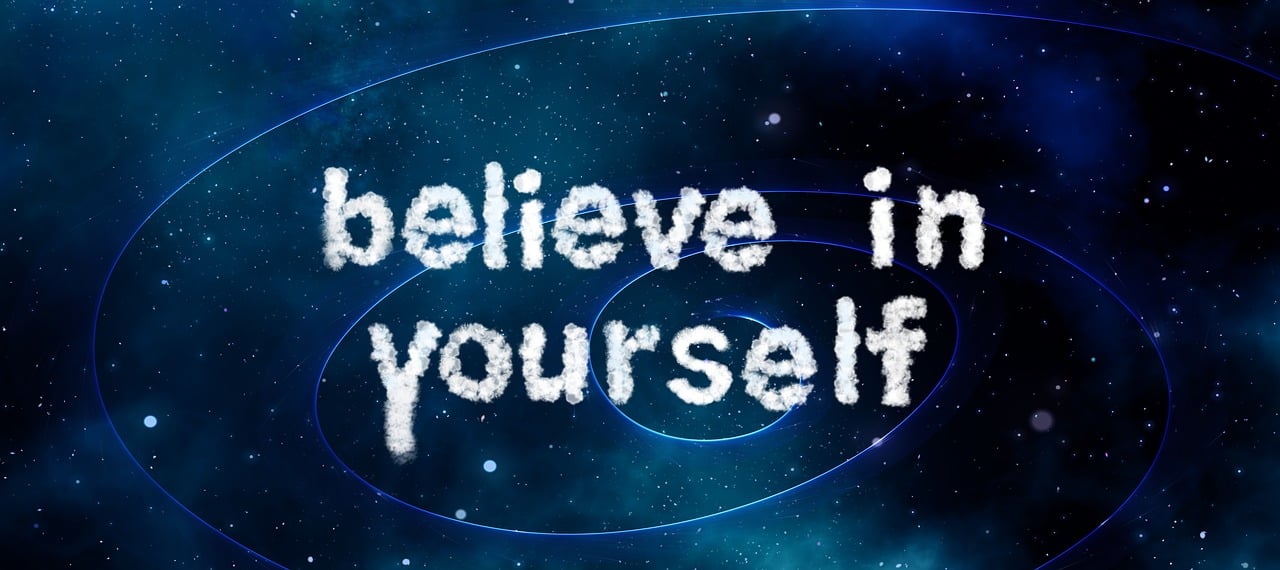Confidence Isn’t a Trait—It’s a Skill You Build
Let’s get one thing straight—confidence isn’t some magic trait certain people are born with. It’s built. Layer by layer. Decision by decision. But here’s where most people get stuck: They think they need confidence before they take action. The truth? Confidence is what happens because you take action.
The queen of no-nonsense advice, Mel Robbins, puts it bluntly: “You are never going to feel ready.” And she’s right. If you wait to feel confident, you’ll be waiting forever. Action comes first. Confidence follows.
This article? It’s not just theory. It’s a battle plan—one designed to rewire your mindset, silence self-doubt, and help you build real, unshakable confidence.
Step 1: Stop Overthinking—Use the 5-Second Confidence Hack
Ever hesitate right before speaking up, hitting send on an email, or stepping forward? That’s your brain trying to keep you safe. But safe and successful aren’t the same thing. Enter Mel Robbins’ 5-Second Rule.
It’s straightforward: When you feel the urge to act—count down. 5, 4, 3, 2, 1… GO!
Why does this work? Because hesitation invites excuses. And excuses? They kill momentum. That tiny countdown interrupts your brain’s self-doubt spiral and forces you into action before fear can sink its claws in.
👉 Try it: The next time you start overthinking, don’t. Count down and move—before your brain has a chance to talk you out of it.
Step 2: Confidence Comes from Doing, Not Thinking
People think confidence is about feeling ready. It’s not. It’s about proof. The more you take action, the more you teach your brain, “Hey, I can actually do this.”
Think about it—were you born knowing how to ride a bike? Nope. But after falling a few times, you figured it out. Your confidence grew because your skills did. The same rule applies everywhere in life.
👉 Hack: Push yourself out of your comfort zone daily. Even small things—raising your hand, making a new connection, standing taller—rewire your brain to expect success.
Step 3: The Harder You Work, The More Confident You Feel
There’s this weird psychological trick called the Effort Justification Effect—the more effort you put into something, the more valuable it becomes.
Ever noticed how people who’ve overcome struggles seem solid—like nothing shakes them? It’s because they earned their confidence. They’ve battled through, taken hits, and now, they trust themselves.
👉 Apply this: Pick something challenging. Push through. The more effort you put in, the more confidence you’ll gain—not just in that skill, but in yourself.
Step 4: Visualize Success After Taking Action—Not Before
You’ve probably heard about the power of visualization. But here’s the kicker—if you visualize success before you act, your brain can mistake it for reality. Which means… you don’t feel urgency to actually do the thing.
Instead, take action first. Then visualize the win.
Why? Because your brain responds better to real victories than imagined ones. Replay your successes, and your mind starts reinforcing a confident identity.
👉 Try this: Every night, recall one moment where you felt confident. Replay it in your head like a highlight reel. Over time, this trains your brain to expect success.
Step 5: Borrow Confidence from Your Future Self
Here’s a trick: When you’re stuck in self-doubt, ask yourself—What would the most confident version of me do right now?
This is called Future-Self Priming—where you make decisions based on who you want to become, not who you are right now.
👉 Exercise:
1️⃣ Imagine yourself one year from now—bold, decisive, unstoppable.
2️⃣ Write down how this version of you speaks, moves, and acts.
3️⃣ Next time you feel unsure, step into that future self—and act accordingly.
Step 6: “Fake It” Until Your Brain Believes It
Science backs this up—your posture, tone of voice, and even facial expressions literally send signals to your brain. Stand tall, speak clearly, move with purpose, and guess what? Your brain assumes, “Oh, we must be confident.”
This is called The Embodied Cognition Effect, and it’s why pretending to be confident often leads to the real thing.
👉 Power move: Walk into every room like you belong there. Your brain will take the hint.
Step 7: Use Failure as a Confidence Booster (Not a Destroyer)
People think confidence means never failing. Wrong. Confidence means failing—and knowing you’ll bounce back.
Highly confident people don’t see mistakes as proof they’re not good enough. They see mistakes as data. Just feedback. Nothing personal.
👉 New mindset: Instead of thinking, “I failed, so I must not be good at this,” try:
✔ “That didn’t work. What did I learn?”
✔ “Every mistake means I’m growing.”
✔ “I’m one step closer to figuring it out.”
Confidence isn’t about avoiding failure. It’s about using failure to fuel you forward.
Final Thoughts: Confidence is a Daily Habit, Not a Feeling
You won’t feel confident every day. That’s normal. Confidence isn’t about eliminating fear—it’s about moving despite it.
If you take small, consistent actions, your brain will catch up. Confidence becomes your default setting.
🔹 Action Plan for Today:
✅ Use the 5-Second Rule when you hesitate.
✅ Take one small risk outside your comfort zone.
✅ Replay past wins in your mind.
✅ Act like your future, confident self.
No more waiting. Confidence is built, not given. Now go take that first step. 💪

